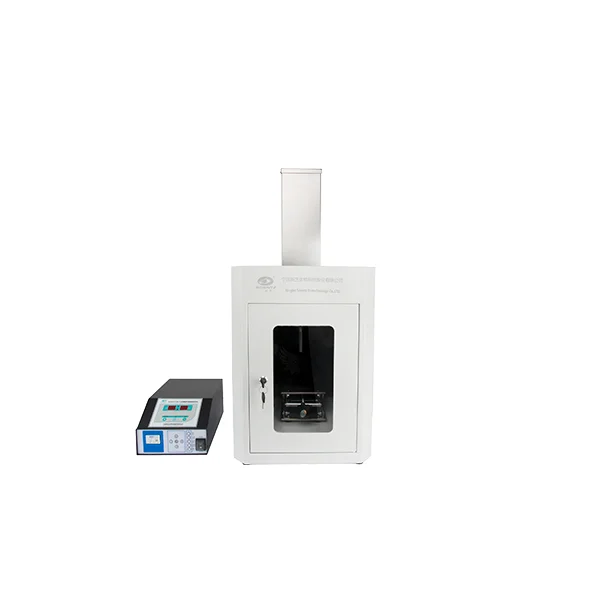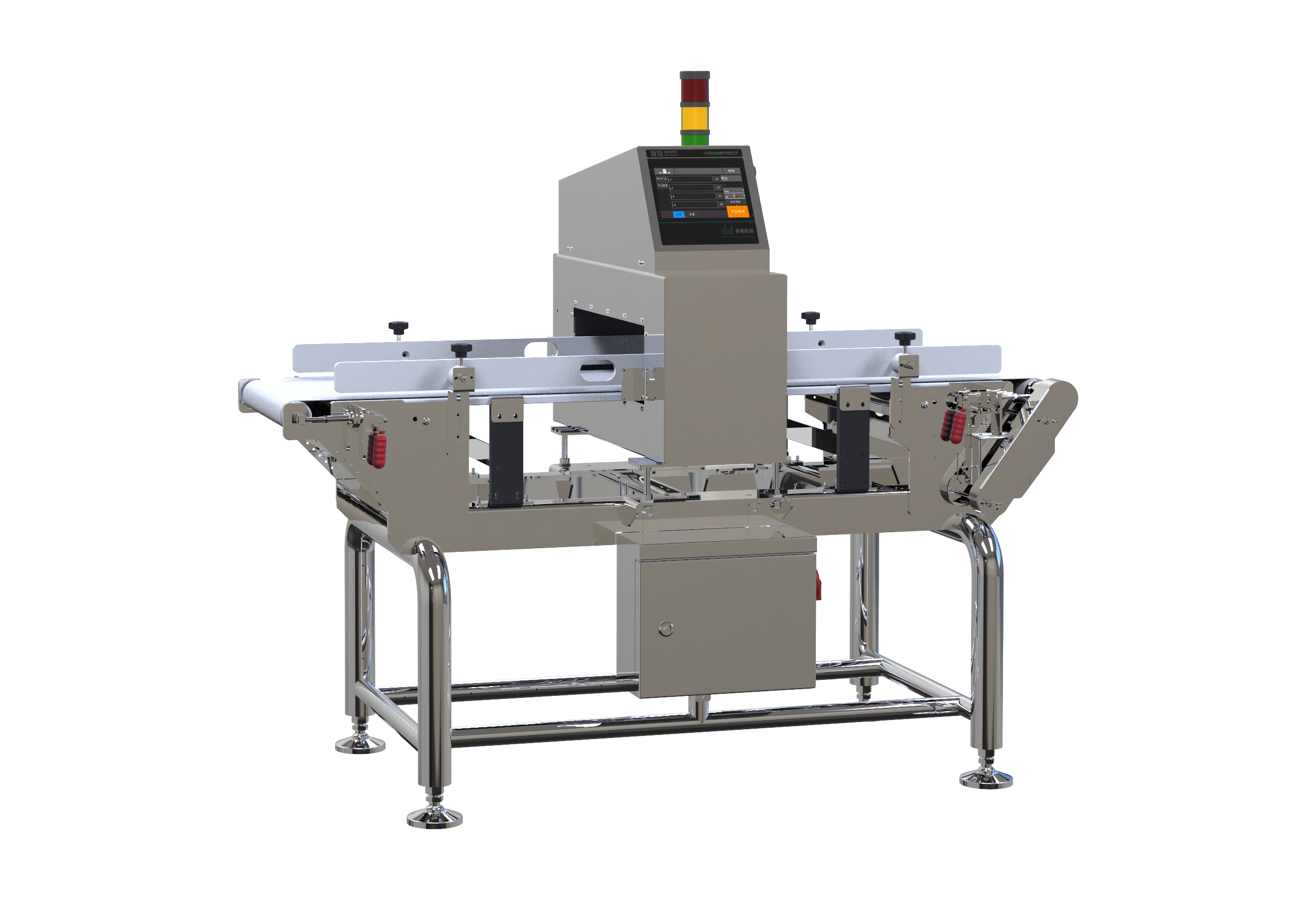Enhancing Indoor Air Quality: Effective Strategies to Integrate Fresh Air into Your HVAC System
In today's world, where indoor air quality (IAQ) has become a significant concern for health and comfort, the integration of fresh air into HVAC (Heating, Ventilation, and Air Conditioning) systems is more crucial than ever. This article delves into the multifaceted approaches to adding fresh air to HVAC systems, ensuring optimal air quality while maintaining energy efficiency.
Understanding the Importance of Fresh Air in HVAC Systems
Fresh air is essential for maintaining a healthy indoor environment. It helps dilute indoor pollutants, reduces humidity levels, and enhances overall comfort. Poor indoor air quality can lead to various health issues, including respiratory problems, allergies, and fatigue. Therefore, integrating fresh air into HVAC systems is not just a luxury but a necessity for both residential and commercial spaces.
- Mechanical Ventilation Systems
One of the most effective ways to introduce fresh air into an HVAC system is through mechanical ventilation. This involves the use of fans and ductwork to bring in outdoor air. There are several types of mechanical ventilation systems:
- Balanced Ventilation Systems: These systems use both supply and exhaust fans to maintain a balanced airflow. They ensure that the amount of fresh air entering the building equals the amount of stale air being expelled. This method is particularly effective in maintaining indoor air quality without compromising energy efficiency.
- Energy Recovery Ventilators (ERVs): ERVs are designed to transfer heat and moisture between incoming and outgoing air streams. This process helps to precondition the incoming fresh air, reducing the energy load on the HVAC system. ERVs are ideal for climates with extreme temperatures, as they help maintain comfort levels while ensuring adequate ventilation.
- Heat Recovery Ventilators (HRVs): Similar to ERVs, HRVs recover heat from the exhaust air to warm the incoming fresh air. However, they do not transfer moisture. This makes them suitable for drier climates where humidity control is less of a concern.
- Natural Ventilation Techniques
In addition to mechanical systems, natural ventilation can be an effective way to introduce fresh air into a building. This method relies on natural forces such as wind and temperature differences to circulate air. Here are some strategies for implementing natural ventilation:
- Cross Ventilation: This technique involves opening windows or vents on opposite sides of a building to create a flow of fresh air. Properly designed cross ventilation can significantly reduce the need for mechanical cooling and improve indoor air quality.
- Stack Ventilation: Utilizing the principle of buoyancy, stack ventilation relies on the natural rise of warm air. By strategically placing vents at different heights, warm air can escape from higher openings, drawing in cooler, fresh air from lower openings.
- Operable Windows: Encouraging occupants to open windows when outdoor air quality is acceptable can enhance ventilation. However, this method requires careful monitoring of outdoor conditions to avoid introducing pollutants.
- Air Filtration and Purification
While adding fresh air is essential, it is equally important to ensure that the incoming air is clean. High-efficiency particulate air (HEPA) filters and ultraviolet (UV) light systems can be integrated into HVAC systems to improve air quality. HEPA filters capture a significant percentage of airborne particles, while UV systems can eliminate bacteria and viruses, ensuring that the fresh air introduced into the space is safe and healthy.
- Smart HVAC Controls
Modern HVAC systems can be equipped with smart controls that monitor indoor air quality and adjust ventilation rates accordingly. These systems can detect levels of carbon dioxide (CO2), volatile organic compounds (VOCs), and humidity, automatically increasing fresh air intake when necessary. This not only enhances comfort but also optimizes energy usage, making the system more efficient.
- Regular Maintenance and System Checks
To ensure that fresh air is effectively integrated into HVAC systems, regular maintenance is crucial. This includes cleaning and replacing filters, checking ductwork for leaks, and ensuring that mechanical ventilation systems are functioning correctly. A well-maintained system will operate more efficiently and provide better indoor air quality.
Conclusion
Integrating fresh air into HVAC systems is a multifaceted approach that requires careful consideration of various strategies, including mechanical ventilation, natural ventilation, air filtration, and smart controls. By prioritizing fresh air, building owners can significantly enhance indoor air quality, promote occupant health, and improve overall comfort. As we continue to navigate the challenges of indoor environments, investing in effective ventilation solutions will be key to creating healthier spaces for all.


